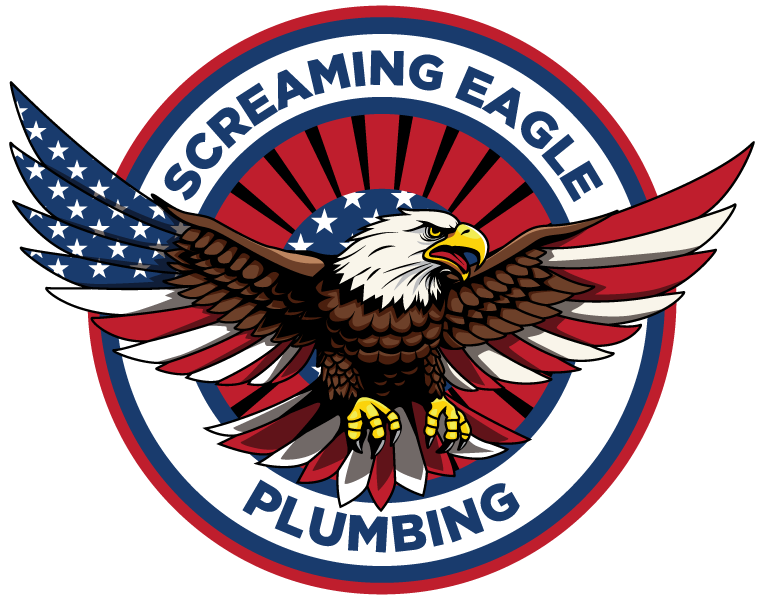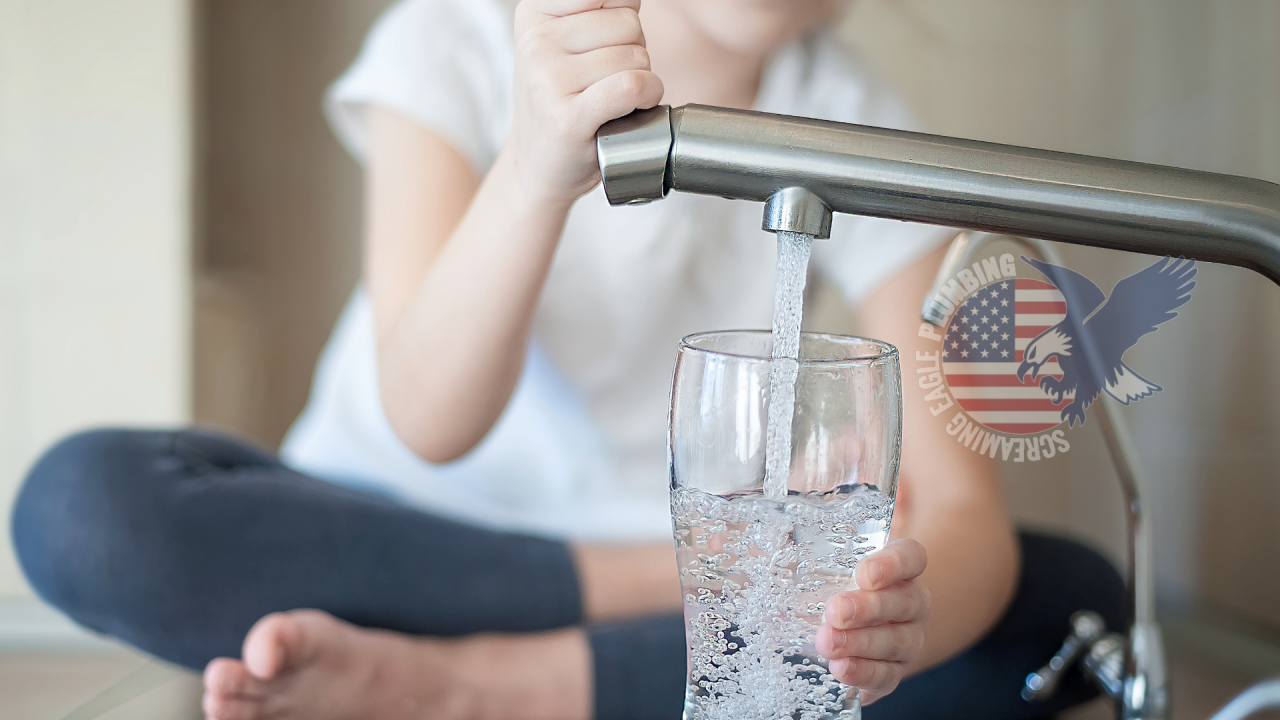HARD WATER AND CONTAMINANTS REMOVALThe Case for Reverse Osmosis Water Treatment in Stafford, VA
Water quality is essential to healthy living, yet it’s often overlooked until problems arise. From homes in rural areas to bustling city apartments, contaminants in our water supply are a universal concern. This article delves into the myriad of substances that can pollute our water – from harmful chemicals and heavy metals like lead and arsenic to biological hazards such as bacteria and viruses. We will explore the contaminants lurking in our water, their sources, and their potential health risks. Understanding these contaminants is the first step towards safeguarding our health and ensuring the purity of the water we rely on daily.
The Hard Water Challenge
Understanding Hard Water
Hard water is characterized by high mineral content, primarily calcium and magnesium. While not harmful to health, these minerals can cause many problems in homes.
Impact on Appliances and Plumbing
The minerals in hard water build up over time, leading to scale formation inside pipes, water heaters, and appliances. This not only reduces their efficiency but can also lead to increased energy costs and the need for frequent repairs or replacements.
Water Contaminants: A Hidden Threat
15 Types of Contaminants Found in Water
Apart from hard water, homes in Stafford, VA, often contend with contaminants like chlorine, lead, nitrates, and even microorganisms. These contaminants can compromise the safety and taste of drinking water.
Lead: Lead in water usually originates from old plumbing pipes and fixtures. Consumption of lead-contaminated water can lead to serious health issues, especially in children, affecting brain development and causing neurological damage.
Chlorine: Commonly used for disinfection in municipal water supplies, chlorine can leave a distinct taste and odor. While effective at killing pathogens, it can react with other substances in water to form harmful byproducts.
Fluoride: Added to many water supplies for dental health benefits, fluoride in excessive amounts can lead to dental fluorosis (discoloration of teeth) and other health issues.
Mercury: Mercury can enter water sources from industrial runoff and is highly toxic. It can damage the nervous system kidneys and is particularly harmful to pregnant women and young children.
Arsenic: Arsenic in water often comes from natural deposits or agricultural and industrial pollution. Long-term exposure can lead to skin damage, circulatory system problems, and an increased risk of cancer.
Nitrates: Commonly found in agricultural runoff, nitrates in drinking water can be particularly dangerous for infants, causing a condition known as blue baby syndrome, which affects oxygen transport in the blood.
Pesticides: Pesticides can seep into water supplies from agricultural areas and are linked to various health problems, including hormonal and reproductive issues.
Herbicides: Like pesticides, herbicides used in agriculture can contaminate water sources. Long-term exposure can lead to an increased risk of cancer and other health conditions.
Pharmaceuticals: Traces of pharmaceuticals, including hormones and antibiotics, can be found in water supplies due to improper disposal and human waste. They can disrupt human endocrine systems and harm aquatic life.
Bacteria: Bacteria like E. coli can contaminate water through sewage and agricultural runoff. Consuming contaminated water can lead to gastrointestinal illnesses and other infections.
Viruses: Viruses can enter water supplies through contaminated sewage. They can cause various illnesses, from mild gastrointestinal issues to more severe diseases.
Protozoa: Protozoa, such as Giardia, can contaminate water through fecal matter. They cause gastrointestinal illnesses, often characterized by diarrhea and cramping.
Aluminum: Aluminum in water can come from natural sources or the water treatment process. High levels of aluminum have been linked to nervous system issues and other health problems.
Copper: Copper contamination usually occurs from the corrosion of copper pipes. Excessive copper intake can lead to stomach and intestinal distress and, in severe cases, liver and kidney damage.
Zinc: Zinc can leach into water from old galvanized pipes or natural deposits. While zinc is essential in small amounts, excessive zinc consumption can lead to nausea, vomiting, and other digestive issues.
Health and Safety Concerns
The presence of such contaminants raises significant health concerns. Long-term exposure can lead to various health issues, making it crucial to address water quality in your home.
Reverse Osmosis: A Comprehensive Solution
How It Works
Reverse osmosis (RO) systems force water through a semipermeable membrane, effectively removing many contaminants, including those responsible for hard water.
Purity and Taste
An RO system installed by Screaming Eagle Plumbing reduces the mineral content and improves the water’s overall taste and purity. This means clearer, better-tasting water for drinking and cooking.
Longevity of Appliances
With an RO system, the life expectancy of household appliances and plumbing systems increases as they are no longer subjected to the detrimental effects of hard water and other contaminants.
Cost-Effectiveness
Though there’s an upfront cost, the long-term savings on appliance maintenance, replacement, and energy bills make RO systems cost-effective for Stafford homes.
Why Choose Screaming Eagle Plumbing?
Expertise and Reliability
David’s military background instills a sense of discipline and attention to detail in every installation. Screaming Eagle Plumbing ensures that each system is correctly installed and maintained, providing homeowners peace of mind.
Tailored Solutions
Understanding that every home has unique water treatment needs, David and his team offer personalized solutions. They assess each home’s specific water quality issues and recommend the most effective RO system.
Commitment to Service
As a Marine Corps Veteran, David’s commitment to service extends beyond his military career. He brings the same level of dedication and integrity to serving the Stafford community.
In conclusion, various contaminants in water, ranging from heavy metals like lead and mercury to organic compounds such as pesticides and herbicides, pose significant health risks. Other elements, including fluoride, chlorine, nitrates, and even pharmaceuticals, add to the complexity of our water quality concerns. Biological contaminants like bacteria, viruses, and protozoa can lead to severe illnesses, while metals such as aluminum, copper, and zinc, though necessary in trace amounts, are harmful in excess. Understanding these contaminants’ diverse nature and impact underscores the importance of adequate water filtration and treatment systems. Individuals and communities must be aware of and address these water quality issues to ensure safe, clean, and healthy drinking water.

